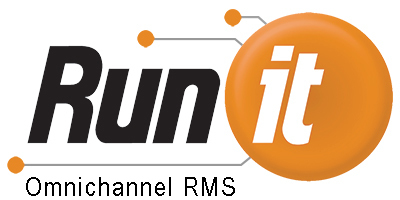One of the powerful ways to improve nearly every level of a retail company is through the upgrading of a retail point of sale (POS) system. Despite the advantages a POS upgrade offers, many retailers are either too complacent about their current POS setup or simply believe they aren’t prepared to implement a new POS system. The fact is that a quality POS system is absolutely a must in today’s retail world, and sometimes upgrades are necessary. Here is some information about implementing a retail POS system upgrade.
Why Moving Toward POS Is Necessary
Integrating a POS system takes a little work, but it’s necessary for retailers. In fact, new POS system upgrades carry a number of benefits. With an upgraded cloud-based POS system, retailers can manage inventory levels in real-time, coordinate with supply chains across the cloud, ensure EMV compliance for credit card payments and offers analytics about product ordering all year.
Upgraded retail point of sales security can help ensure retailers don’t become victims of security breaches that other companies are increasingly falling prey to. For example, CSO Online reports that Target’s failure to upgrade their POS systems exposed them to security vulnerabilities that led to the theft of millions of customer credit cards.
Training Staff to Get the Most Out of POS
Once retailers have decided to upgrade their POS system, all employees will have to be prepared for the changes. A survey of 2,000 retailers by Bolt found that 71 percent of staff members said that their initial retail training could have been better, while 81 percent said training was not regular or consistent enough.
In order for retailers to prepare for an upgrade, a POS training program for sales associates needs to be effective and thorough. That means going beyond POS basics. Retailers need to ensure that employees understand how a new POS system can track loyal customers, upsell to customers, help sales clerks answer questions on the sales floor with mobile devices and handle real-time retail inventory management.
The best POS systems will also have training modes built in. This helps retailers test their upgrade before they put it into actual use.
Integrating POS Into Retail Operations
The success of a POS upgrade greatly depends on the tight integration of retail inventory software with legacy software and data. Inventory databases, need to be synced with a new retail POS system. Customer records also need to be integrated, along with any existing gift cards.
The POS provider’s guidance should be available all the way from the initial planning stages to implementation. Furthermore, technical support should also touch on areas that are quickly growing in importance for POS systems, such as mobile payments. In fact, eMarketer predicts that mobile payments utilizing NFC, which involve tapping or waving a phone to make a payment, will grow by 210 percent in 2016.
Schedule a POS Demo
Perhaps one of the smartest ways to prepare for a retail cloud POS system is to request a demo. An experienced POS provider can demonstrate to retailers exactly how a POS system would function in the retail environment, and field important questions a retailer might have. At the same time, a POS demo will give retailers a first-hand look into how a point of sales solution can help their business grow, while also showing them how important features can improve their ROI.






